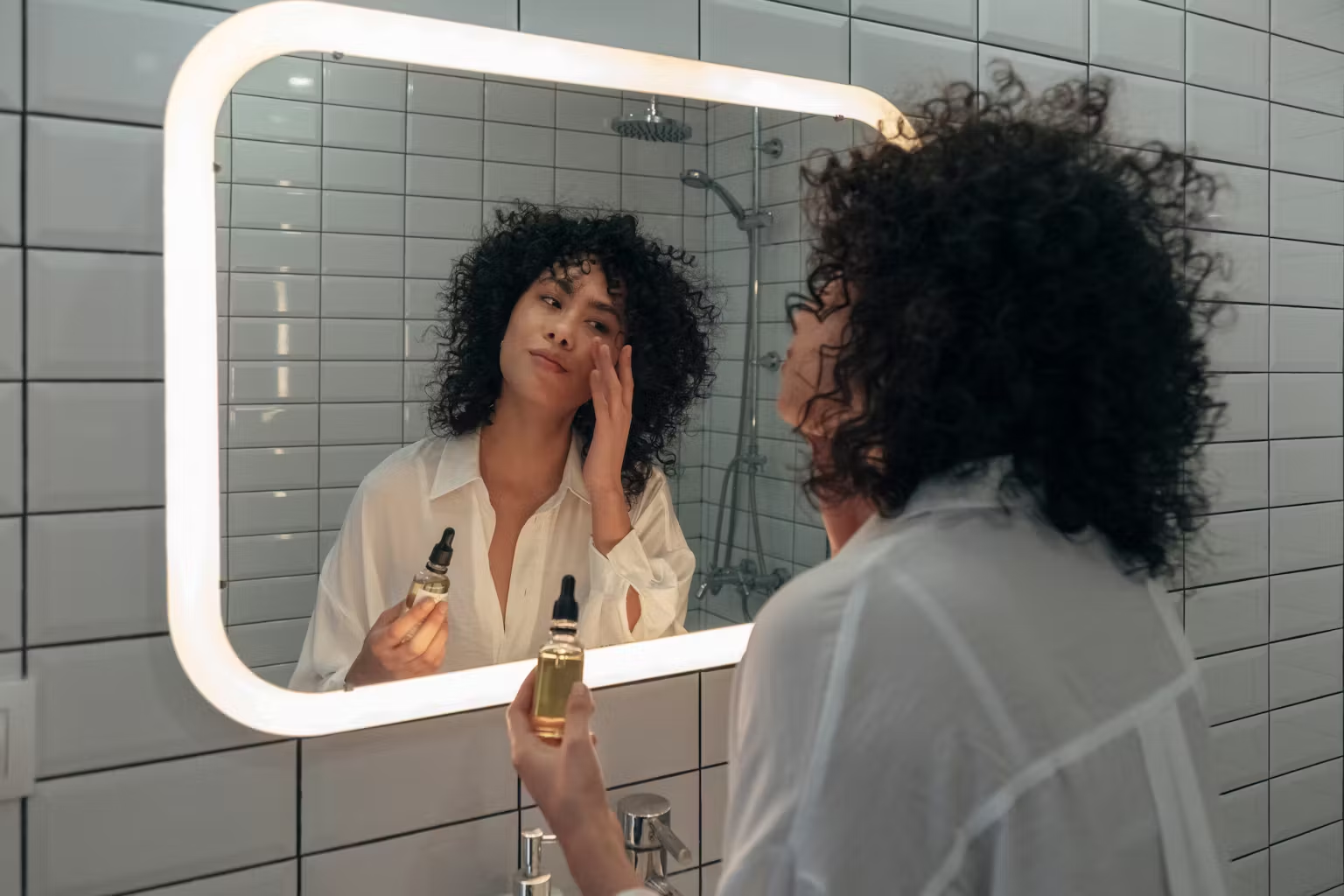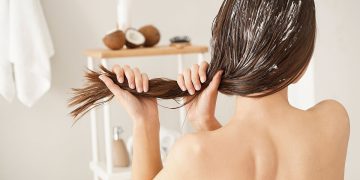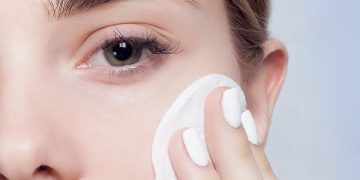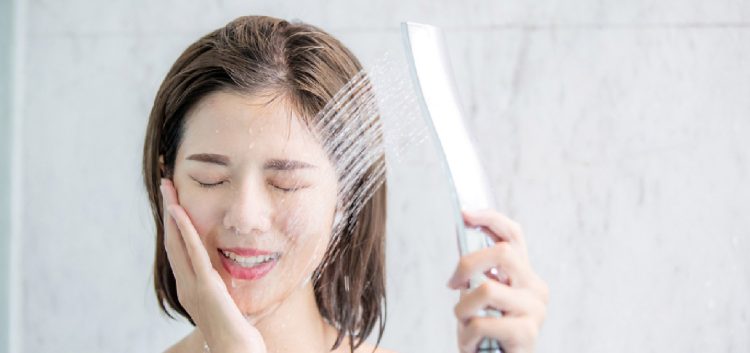Oily skin can be a blessing and a curse. On the one hand, it can mean fewer wrinkles and signs of aging as you get older, thanks to the extra moisture your skin produces. On the other hand, it can lead to excess shine, clogged pores, and acne, which can be frustrating to manage. One of the biggest challenges for those with oily skin is striking the right balance between cleansing to control oil and moisturizing to prevent over-drying the skin.
Over-cleaning oily skin or using harsh products can strip it of its natural oils, triggering more oil production and causing a vicious cycle. On the flip side, skipping moisturizer altogether can leave your skin dehydrated, which may also prompt it to overcompensate by producing even more oil. So, how can oily skin be properly cleansed and moisturized without causing further imbalances?
This article will guide you through the process of managing oily skin by striking a delicate balance between cleansing and moisturizing. We’ll explore the key steps, the right products, and the science behind why hydration is just as important for oily skin as it is for dry skin.
1. Understanding Oily Skin: Causes, Characteristics, and Challenges
What Is Oily Skin?
Oily skin is characterized by an overproduction of sebum, the natural oil produced by sebaceous glands within the skin. While sebum plays a crucial role in keeping the skin moisturized and protecting it from harmful environmental elements, an excess of it can result in unwanted shine, clogged pores, and acne breakouts.
Causes of Oily Skin:
- Genetics: If your parents had oily skin, chances are you might have it too. The size of your sebaceous glands and the amount of sebum they produce are genetically determined.
- Hormonal Changes: Hormones play a significant role in sebum production. During puberty, menstruation, pregnancy, or times of stress, hormonal fluctuations can lead to increased oil production.
- Climate and Weather: Hot and humid climates can trigger the skin to produce more oil. On the other hand, cold weather can cause dehydration, leading your skin to overproduce sebum to compensate for the loss of moisture.
- Skin Care Products: Using products that are too harsh or drying can disrupt the skin’s natural oil balance, triggering an overproduction of oil as the skin tries to protect itself.
- Diet and Lifestyle: Eating too many greasy foods, sugary items, or dairy products may contribute to excess oil production. Additionally, lack of sleep and chronic stress can exacerbate the condition.
2. The Role of Cleansing in Managing Oily Skin
Why Cleansing Is Important for Oily Skin
Cleansing is crucial for oily skin because it helps remove excess oil, dirt, and impurities that can clog pores and lead to acne breakouts. Proper cleansing helps to control the shine associated with oily skin while keeping the skin’s surface free of debris. However, it’s important to choose the right cleansing products and methods, as over-cleansing or using harsh products can cause the skin to produce even more oil.
Types of Cleansers for Oily Skin
Choosing the right cleanser is essential to maintaining the skin’s oil balance. The wrong cleanser can strip the skin of its natural oils, leading to over-drying, irritation, and a rebound increase in oil production.
- Gel Cleansers: Gel-based cleansers are typically lightweight and work well for oily skin. They often contain ingredients like salicylic acid, which help to control oil production and prevent acne.
- Foaming Cleansers: Foaming cleansers are ideal for oily skin as they remove oil and impurities effectively. However, they can be drying if overused, so be cautious not to use them excessively.
- Oil-Based Cleansers: While it may seem counterintuitive to use oil to cleanse oily skin, oil-based cleansers can actually break down the excess oil and impurities on the skin’s surface without stripping the skin’s natural moisture. This can help to maintain hydration levels while controlling oil.
- Micellar Water: For a gentle cleansing option, micellar water is great for oily skin, as it can remove oil and dirt without being too harsh on the skin.
Cleansing Routine Tips:
- Cleanse Twice a Day: Washing your face twice a day—morning and evening—is generally sufficient for oily skin. Avoid over-cleansing, as it can dry out your skin and trigger more oil production.
- Use Lukewarm Water: Hot water can strip the skin of its natural oils, while cold water may not effectively cleanse the skin. Lukewarm water is ideal for cleansing without drying out the skin.
- Don’t Scrub Aggressively: Scrubbing the skin too harshly can irritate the skin, worsen acne, and trigger more oil production. Instead, use gentle circular motions to cleanse.
3. The Importance of Moisturizing for Oily Skin
Why Oily Skin Still Needs Moisturizer
Many people with oily skin make the mistake of skipping moisturizer, thinking that applying extra moisture will make the skin oilier. In reality, moisturizing is just as important for oily skin as it is for dry skin. When the skin is dehydrated, it may produce more oil to compensate for the lack of moisture. This can worsen the appearance of oiliness and even lead to clogged pores and breakouts.
Moisturizing helps to lock in hydration, maintain a healthy skin barrier, and prevent your skin from becoming too dry, which could result in more oil production. The key is choosing the right moisturizer that won’t clog your pores or make your skin greasy.
Types of Moisturizers for Oily Skin
- Oil-Free Moisturizers: These moisturizers are lightweight and contain water-based ingredients that hydrate without adding extra oil. Look for products labeled “non-comedogenic” to ensure they won’t clog your pores.
- Gel Moisturizers: Gel-based moisturizers are typically lighter and contain a higher water content, making them ideal for oily skin. They hydrate the skin without leaving behind a heavy or greasy feeling.
- Mattifying Moisturizers: These moisturizers are formulated to control excess shine and provide a matte finish, which is particularly beneficial for those who experience oily T-zones throughout the day.
When and How to Apply Moisturizer
- After Cleansing: Apply your moisturizer immediately after cleansing your face, while your skin is still damp. This helps to lock in moisture and keep the skin hydrated.
- Don’t Overapply: Use just enough product to cover your face and neck without overloading the skin with too much moisturizer.
- Consider Layering: If your skin is particularly oily in some areas and dry in others, you may want to layer your moisturizer—using a thicker product in dry areas and a lighter gel-based moisturizer in oilier spots.

4. Striking the Right Balance: How to Avoid Over-Drying and Over-Moisturizing
The key to managing oily skin is finding the right balance. Too much cleansing can strip the skin, leading to excess oil production, while too little moisture can leave the skin dehydrated and compromised.
- Adjust Based on Climate and Season: In hotter months, oily skin may require lighter moisturizers and gel-based cleansers, while in colder weather, you may need to introduce a richer moisturizer to combat dryness caused by the cold air.
- Use a Toner: After cleansing, a gentle, alcohol-free toner can help to restore the skin’s pH balance, tighten pores, and refresh the skin without over-drying.
- Exfoliate Regularly: Regular exfoliation (2-3 times a week) helps to remove dead skin cells that can clog pores. This prevents breakouts and ensures that your moisturizer can penetrate the skin effectively.
5. The Role of Active Ingredients in Managing Oily Skin
Certain active ingredients can be especially helpful for controlling excess oil and improving the appearance of oily skin.
- Salicylic Acid: A beta hydroxy acid (BHA) that penetrates deep into pores to exfoliate and control oil.
- Niacinamide: A form of Vitamin B3 that helps to regulate oil production, minimize pores, and reduce inflammation.
- Retinoids: Retinol and other retinoids help to control oil production, promote cell turnover, and prevent acne.
- Clay: Clay masks and products with kaolin or bentonite clay can help to absorb excess oil and tighten the skin.
6. Conclusion: Achieving Balanced, Healthy Oily Skin
Managing oily skin requires a thoughtful approach, focusing on cleansing and moisturizing without overdoing either step. By using the right products, including gentle cleansers and lightweight moisturizers, and incorporating key ingredients like salicylic acid or niacinamide, you can maintain your skin’s oil balance and keep it looking fresh and clear.
Remember that consistency is key—adjusting your routine based on your skin’s needs and external factors, such as climate and stress levels, will help you achieve healthy, balanced skin that feels and looks its best.


















































